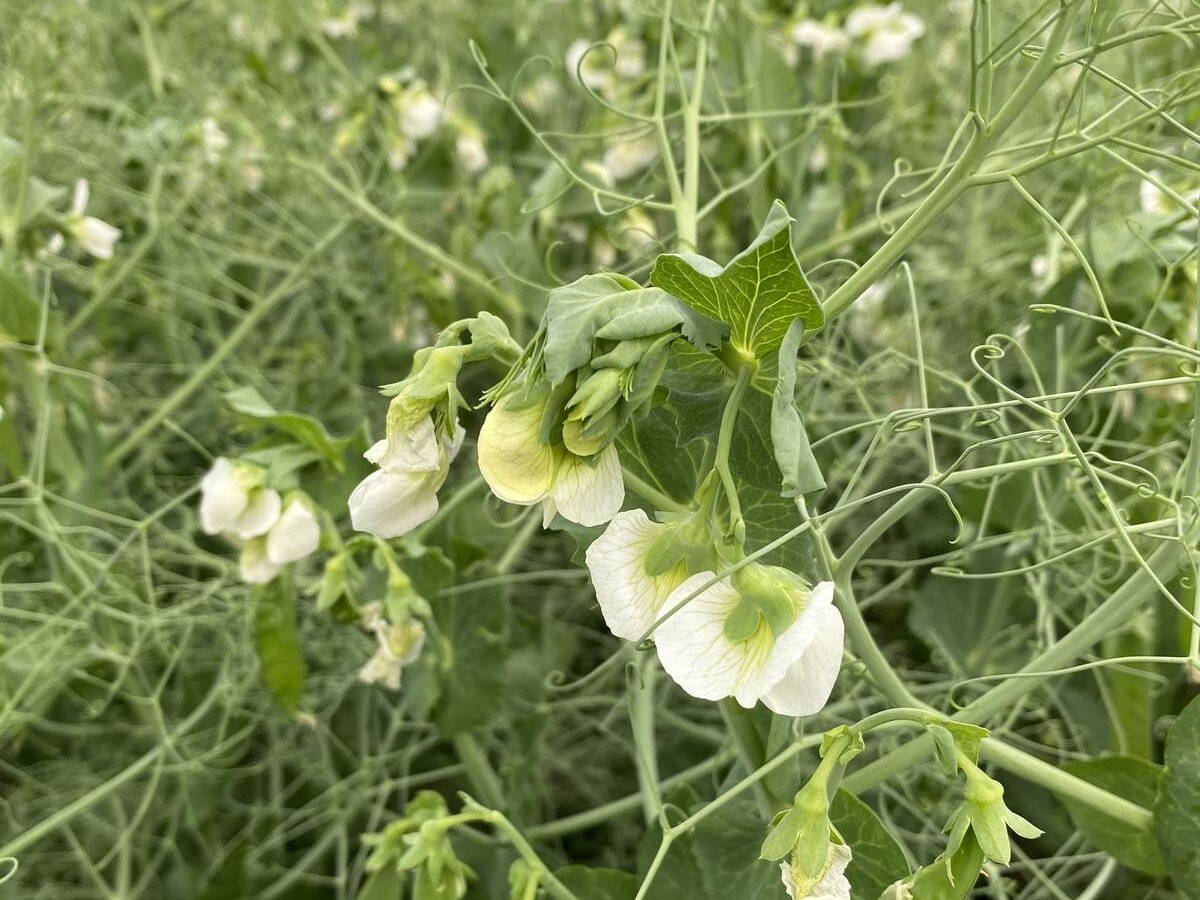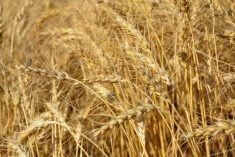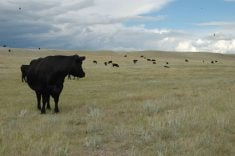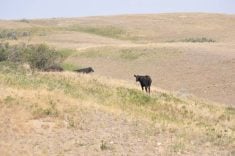The sale of an Alberta hog slaughtering plant to a Quebec-based company shocked pork industry watchers last week.
“I was certainly surprised,” said Manitoba Agriculture industry analyst Janet Honey, when asked about the sale of Premium Brand’s Red Deer, Alta., slaughter plant to Olymel.
It was no secret the Red Deer, Alta., facility was for sale but most industry experts thought the plant would be sold to an American multinational like Cargill or ConAgra.
“All the speculation was one of the U.S. biggies,” said Honey.
Read Also

India slaps 30 per cent import duty on yellow peas
India has imposed a 30 per cent duty on yellow pea imports with a bill of lading date on or after Nov. 1, 2025.
Kevin Grier, an analyst with the George Morris Centre in Guelph, Ont., said the sale to Olymel was a “big surprise” to most people who watch the hog industry.
Olymel is the largest fresh pork exporter and the second largest hog processor in Canada. But until this deal, the majority of its dealings were in Quebec.
“Olymel is an excellent company with a good record of success in the industry,” said Grier.
Darryl Hutchings of Plan 2000 Management said Olymel’s move to Western Canada was a real “wild card.”
“I never even thought of them moving out of Quebec. They dominate Quebec,” said Hutchings.
“I see it as a good thing.”
He anticipates hog prices will benefit from increased buyer competition.
Grier agreed.
“It can only be considered good news for western hog producers. It ensures a strong company and will keep competition strong on the Prairies. “Last year, the western provinces have not seen very fierce competition for their hogs.”
The competition was diluted by the recent purchase of Schneider’s Winnipeg plant by Maple Leaf Meats.
“Now there’s another competitor.”
Manitoba hog processors may take a direct hit from Olymel’s purchase of and planned slaughter increase at the Red Deer plant.
Now, 700,000 hogs from Alberta are sent to Manitoba each year to “top up” Manitoba’s slaughter capacity, said Honey.
Manitoba produces 5.7 million hogs each year, but needs 6.5 million for its processing facilities.
“We probably have more of a challenge than Alberta does,” she said.
Tailor cuts for export
Olymel plans to invest $10 million to $12 million to upgrade its cutting plant to allow the company to increase cutting capacity to 8,000 hogs a day from 6,000 hogs a day over the next few months. The upgrade will allow it to cut meat to Japanese specifications and produce value-added products.
“It’s not a large increase. If they plan to double shift, that would be huge,” she said.
Hutchings said two strong players in Manitoba and Alberta could put Saskatchewan producers in a difficult situation.
“Saskatchewan is caught between a couple of bricks.”
He believes Mitchell’s Gourmet Foods’ kill floor in Saskatoon will be forced to close if it can’t obtain enough hogs for its plant. If that happens, hogs from the eastern part of the province would move into Manitoba and hogs raised in the western half of the province would move to Alberta.
Grier said the challenge for Olymel, moving from a francophone environment to an anglophone environment, will be minor compared to the logistics of moving from a subsidized hog industry with a marketing board to Alberta with no subsidies and no marketing board.
“They’re dealing with producers that have options and are not heavily subsidized,” said Grier.
“It might be a culture shock.”














